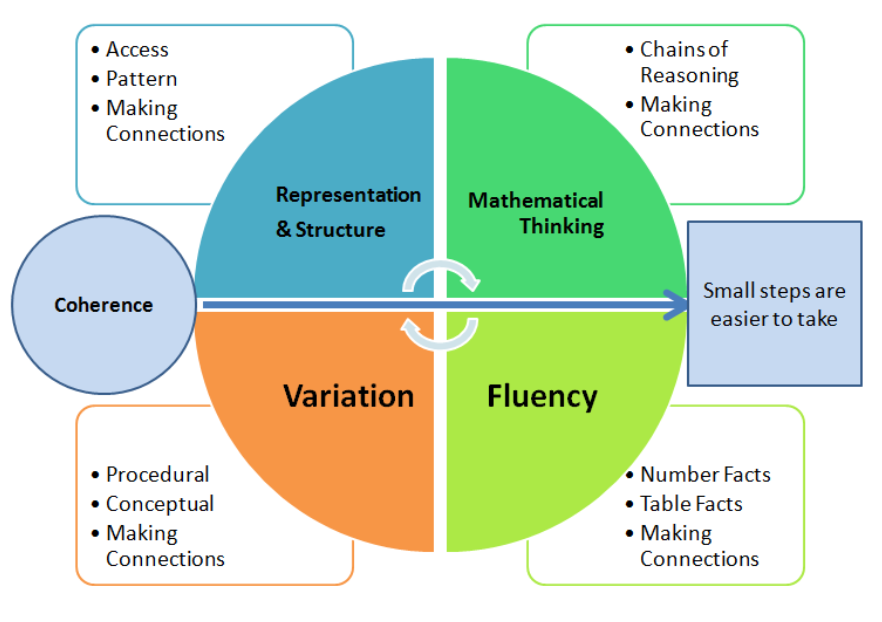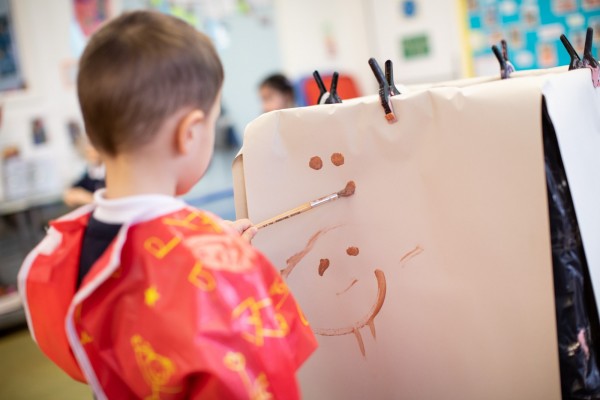Curriculum Intent
Our Intent for the Curriculum in Key Stage 1 and 2
What pupils will learn, and how the curriculum is sequenced, at Bell Lane.
Philosophy
There are six underlying attributes at the heart of Bell Lane’s curriculum and lessons.
- Lessons and units are knowledge and vocabulary rich so that pupils build on what they already know to develop powerful knowledge.
- Knowledge is sequenced and mapped in a coherent format so that pupils make meaningful connections.
- Our flexible curriculum enables teachers to tailor content to the Bell Lane context.
- Our curriculum is evidence informed through rigorous application of best practice and the science of learning.
- We prioritise creating a diverse curriculum by committing to diversity in teaching and teachers, and the language, texts and media we use, so all pupils feel positively represented.
- Creating an accessible curriculum that addresses the needs of all pupils is achieved to accessibility guidelines and requirements.
English -
Phonics
- Bell Lane uses Read, Write, Inc to teach early reading skills.
Reading
- Bell Lane uses Accelerated Reader to support children's independent reading.
- Literacy Shed resources are used to support the teaching of comprehension using the VIPERS approach.
- Fluency is taught the EARS (Expression, Automatic Word Recognition, Rhythm and Phrasing, Smoothness) approach
Writing
-
We have based our approach on the Write Stuff to bring clarity to the mechanics of writing. "The Write Stuff" follows a method called "Sentence Stacking" which refers to the fact that sentences are stacked together chronologically and organised to engage children with short, intensive moments of learning that they can then immediately apply to their own writingAn individual lesson is based on a sentence model, broken in to 3 learning chunks. Each learning chunk has three sections:
-
Initiate section – a stimulus to capture the children’s imagination and set up a sentence.
-
Model section – the teacher close models a sentence that outlines clear writing features and techniques.
-
Enable section – the children write their sentence, following the model.
Children are challenged to ‘Deepen the Moment’ which requires them to independently draw upon previously learnt skills and apply them to their writing during that chunk.The Write Stuff uses three essential components to support children in becoming great writersThe three zones of writing :-
-
IDEAS - The FANTASTICs uses a child friendly acronym to represent the nine idea lenses through which children can craft their ideas.
-
TOOLS - The GRAMMARISTICS. The grammar rules of our language system and an accessible way to target weaknesses in pupils grammatical and linguistic structures.
-
TECHNIQUES - The BOOMTASTICs which helps children capture 10 ways of adding drama and poetic devices to writing in a vivid visual.
- The Write Stuff - more information
-
-
Spelling Shed resources are used to support the teaching of spelling and grammar.
-
End of year writing expectations:
Year 1 Year 2 Year 3 Year 4 Year 5 Year 6
Maths
At Bell Lane we follow the mastery approach. The mastery approach is defined by five key principles: Representation and Structure, Fluency, Variation, Mathematical Thinking and Coherence. We aim to develop children’s mental and written fluency as well as their ability to solve problems. We encourage children to ask critical questions, make links and articulate their reasoning. We aim for the children to see mathematics as being relevant to their world and applicable to everyday life as well as being something that they will need as they move on through their school life and ultimately into the world of employment.

Curriculum overview
EYFS Year 1 Year 2 Year 3 Year 4 Year 5 Year 6
Mathematics is often referred to as a universal language, but it is anything but. At Bell Lane, we understand that it is heavily influenced by cultural misconceptions and colloquialisms that can impede learning. A coordinated approach to the use of language is essential in improving the quality of teaching and learning in Maths.
Bell Lane Mathematical Language Guide
End of year Maths expectations:
Year 1 Year 2 Year 3 Year 4 Year 5 Year 6
Science
Curriculum Key Stage 1 Key Stage 2
Computing
Curriculum Maps Whole School Overview
The Purple Mash scheme is used as the basis for the teaching of computing.
History
Curriculum Key Stage 1 Key Stage 2
Geography
Curriculum Key Stage 1 Key Stage 2
DT
Curriculum Key Stage 1 Key Stage 2
Art & Design
Curriculum Key Stage 1 Key Stage 2
RHSE
Curriculum Overview Content Progression
RE
Curriculum Barnet locally agreed syllabus
Music
Curriculum Whole School Overview
A specialist music teacher provides music lessons across the school.
PE/Games
Curriculum Outdoor units Indoor Units
Outdoor units are taught by coaches from Non Stop Action. Class teachers teach the indoor units.
